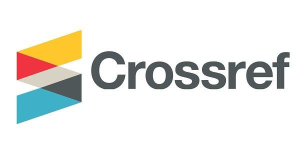The Effectiveness of a Proposed Enrichment Program in Developing Geographical Concepts and Cosmic Awareness among High School Students in Saudi Arabia
DOI:
https://doi.org/10.31436/ijes.v5i1.136Abstract
The current study is an attempt to investigate the effectiveness of a proposed enrichment program to develop geographical and cosmic concepts and knowledge among high school 2nd grade female students in KSA. The population consisted of high school 2nd grade female students, Humanities stream, for the academic year 2016/2017. The sample of the study consisted of (50) female students, randomly selected. The participants were divided into two groups, experimental (25) and control (25). The quasi-experimental method has been adopted in this study. The statistical treatments conducted such as (arithmetic mean and standard deviation) and Man Whitney Test used to confirm equivalence between the two groups, T-Test to find differences between the two groups. ETA Square used to measure the effect size for the adopted enrichment program. The study resulted in a great effect of the proposed enrichment program on the female students’ achievement of geographical and cosmic concepts. The results also indicated an effect of the proposed program in developing cosmic awareness. The most significant recommendations represented in having interest in developing enrichment programs, on which training courses should be conducted for pre and in-service teachers in order to change Geography curriculum from achievement curriculum into enrichment one, and reconsidering Geography curricula to enrich them with activities that develop geographical and cosmic concepts and cosmic awareness.
Metrics
Downloads
Published
How to Cite
Issue
Section
License
The Journal will own copyright to all published works and have the right of first publication, both in print and online, unless other arrangements are made with the Editors in advance. It is the author`s responsibility to ensure that where copyright materials are included within an article the permission of the copyright holder has been obtained beforehand.


















